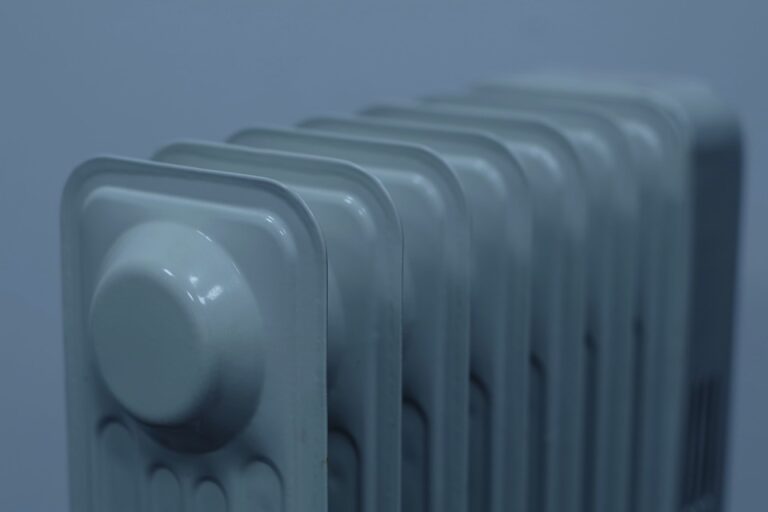When it comes to heating your home, the most common heating systems found in North America are either furnace or boiler systems. Boiler systems, also known as hydronic heating systems, are quickly becoming a popular choice for both home-builders and those looking to replace their current system.
Learn more about what a hydronic heating system is and why you might consider one for your home.
What is a hydronic heating system?
Hydronic heating systems consist of a boiler, pump, and water piping running throughout the home. The boiler heats water, which is them pumped through the piping to heat your home. The result is an efficient, versatile heating system that doesn’t compromise air quality.
The effectiveness and versatility of hydronic heating systems depends entirely on the number of pipes running through the home. These pipes can be connected to radiators, baseboard heaters, and even heated floors.
Hydronic heating systems are a form of radiant heating, meaning that heat is dispersed directly from the source as opposed to blown through air ducts.
What are the benefits of a hydronic heating system?
Efficiency and Versatility
Hydronic heating systems are more costly to install than a furnace system. However, they provide homeowners the opportunity to save money on their heating bills. Hydronic heating systems are insulated, resulting in lower energy consumption and less heat loss. These systems provide up to 95% efficiency.
Hydronic heating systems be used for more than heating your home. Systems can be used as hot water heaters, reducing operation costs. They can also be extended to heat pools, spas, bathroom floors, and even towel warmers. While most homeowners may consider having warm toes on a cold winter day a luxury in Alberta, in-floor hydronic heating is affordable and may reduce your overall utility bill.
Heating Characteristics
With a hydronic heating system, you can control heating zones around your home. The system takes into consideration your home’s heating requirements from room to room by installing more pipes or fewer pipes depending on the needs of each room. For example, you will want adequate heat in your bedrooms and living spaces. However, your laundry room or storage room do not need the same level of heat.
Heat produced by these systems is clean and dry. No dust or germs are blown around, as is often the case with forced-air heating. Hydronic heating systems decrease the environmental impact of home heating and creates a healthier home environment.
Hydronic heating systems utilize radiant heating, providing more even heating throughout the home and eliminating cold spots.
How are hydronic heating systems installed?
The best time to install a hydronic heating system is when building a new home, but new systems can be installed in existing homes as well.
Installation costs vary from home to home, mainly influenced by the home’s size and heating requirements. When providing quotes, technicians consider square footage, system and installation complexity, and the number of radiators, circulation valves, and pipes needed.
Interested in installing a hydronic heating system in your home? Contact Peak Hydronics today! Our team of expert technicians is more than happy to answer questions and provide professional advice when it comes to heating your home.

